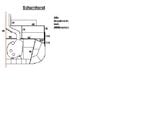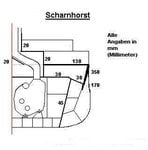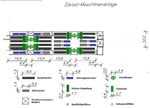Glider
Major
Originally Posted by Glider
BC's were capital ships that made a sacrifice for speed. Generally British ones sacrificed armour, German one sacrificed firpower. Even in WW1 German BC's tended to have 12 in guns instead of British 13.5in or 11 in against British 12 in.
Most of the German WW1 battleships had either 11 or 12 inch guns. Since that was also a calibre of their battlecruisers, I'd say the firepower wasn't reduced.
It is well known that German WW1 BC's had thicker protection than RN BC's it was a trend that continued into WW2. There was nothing new about this trend.
What RN and KM battlecruisers after 1930 could back up that statement?
People was lyrical about the Kongo, it should be remembered that she was a British design based on a British WW1 BC with the same flaws as late RN BC's namely thinner armour.
People have likes dislikes. My fav designs for WW1 are QE and Seydlitz. .
Taking your points one at a time
The first RN BC's had 12 in Guns, the first German BC's had 11 in guns. However the armour on these vessels were different. RN vessels having a belt of around 6 in, the German vessels 11 in.
The second wave of British BC's had 13.5in guns and the belt armour was about 9in. The equivalent German Vessels had 12in guns and the belt armour was about 12 in.
The RN then went to 15in Guns but the German Navy didn't build any more BC. The trend is clear, ship for ship the german BC had less firepower but better protection.
The Sharnhorst was a continuation of the general theme, better protection less armour. As for the RN, she abandoned the BC as a class and concentrated on the KGV and Lion Class BB's.
As for your fav designs from WW1 I would agree with you, the QE and Seyditz were excellent designs.





